It’s not easy being green in Magic: The Gathering’s gothic horror-inspired plane of Innistrad. What’s normally the color of life and abundance becomes twisted to emphasize nature’s cruel ultimatum: eat or be eaten. And with all those werewolves skulking about, there’s a good chance a villager is going to be eaten.
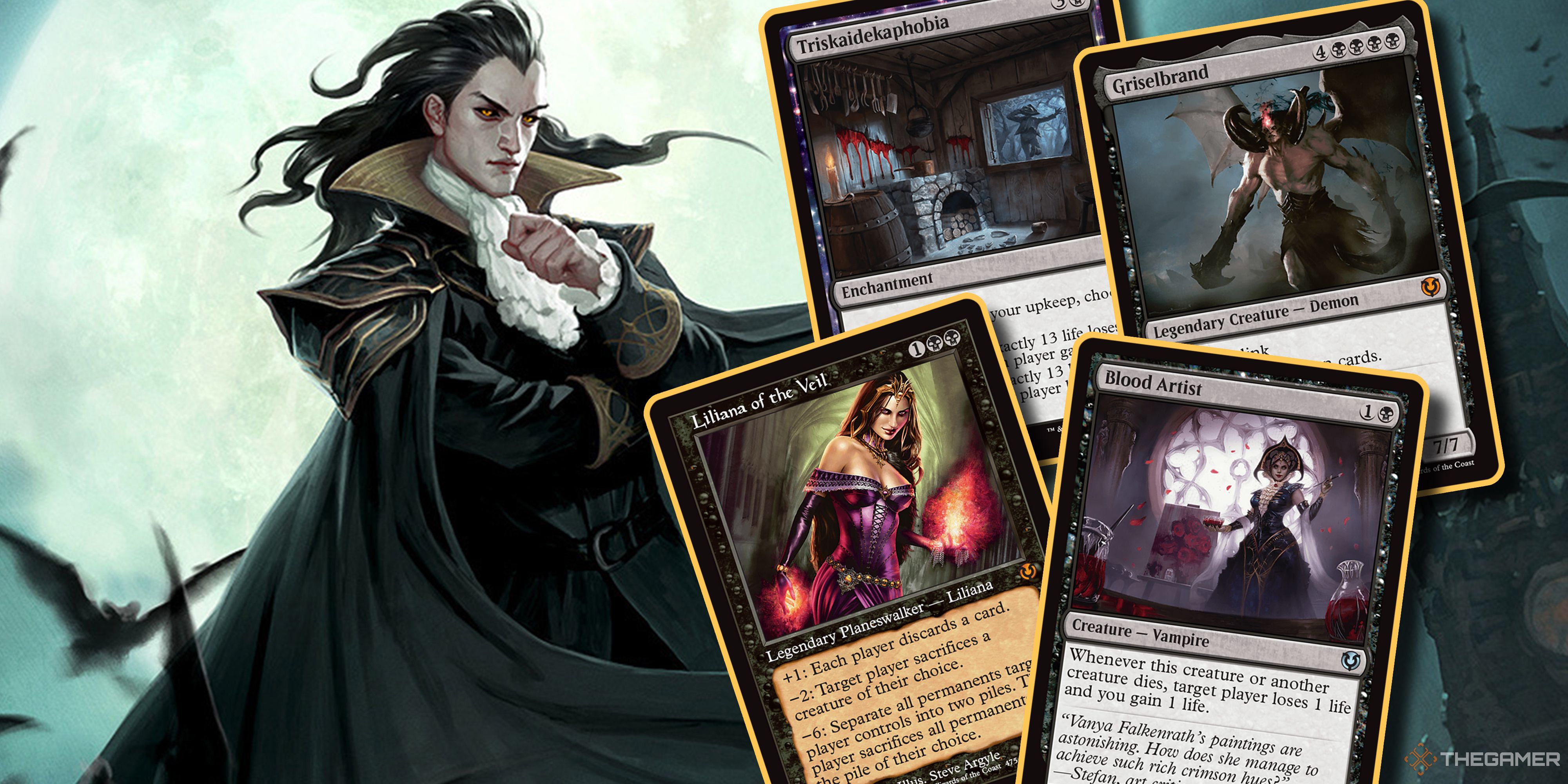
Related
Magic: The Gathering – The Best Black Cards In Innistrad Remastered
Vampires, demons, and unlucky 13 are back in MTG’s Innistrad Remastered.
Innistrad Remastered is Magic’s first expansion of 2025, bringing back beloved cards from throughout Innistrad’s history. There are plenty of werewolves, but there are also giant beasts, strange hermits, and cryptic rites held beneath the shadow of the full moon. There are many great green cards to look for in Innistrad Remastered, but these are the ten we’d recommend.
10
Young Wolf
Youth is wasted on the young.
The problem with small, cheap creatures is that they typically die, leaving you with nothing. Young Wolf provides a much better alternative—a creature that has to die twice before it’s actually removed. Better yet, the first time it dies, it comes back as a 2/2 rather than a 1/1.
For one mana, Young Wolf offers extremely efficient aggression. You’ll find Young Wolf in a lot of competitive decks from Pauper to Modern, taking nibbles, and then bites out of an opponent’s life total.
9
Garruk Relentless
You wouldn’t like him without his helmet.
Garruk Relentless isn’t the best version of Garruk, but he’s still a great card in the right circumstances. You really have to figure out a way to pick a fight with something that won’t outright kill Garruk in order to get him to transform, but that’s not always possible.
Another mark against Garruk is even if you do get him to transform quickly, he’ll basically be so low on loyalty counters that you’ll need to spend several turns making Wolf tokens just to keep him around. Still, a four-mana token generator isn’t bad, and if left unchecked, Garruk can definitely become a game-ending problem for your enemies.
8
Wrenn and Seven
Because seven ate nine.
Wrenn and Seven is tailor-made for decks that want to dump their libraries into their graveyards for nefarious purposes. And there are lots of Commander decks that want to do just that, with Wrenn and Seven providing a significant boost to both mana generation and filling your graveyard with useful creatures.
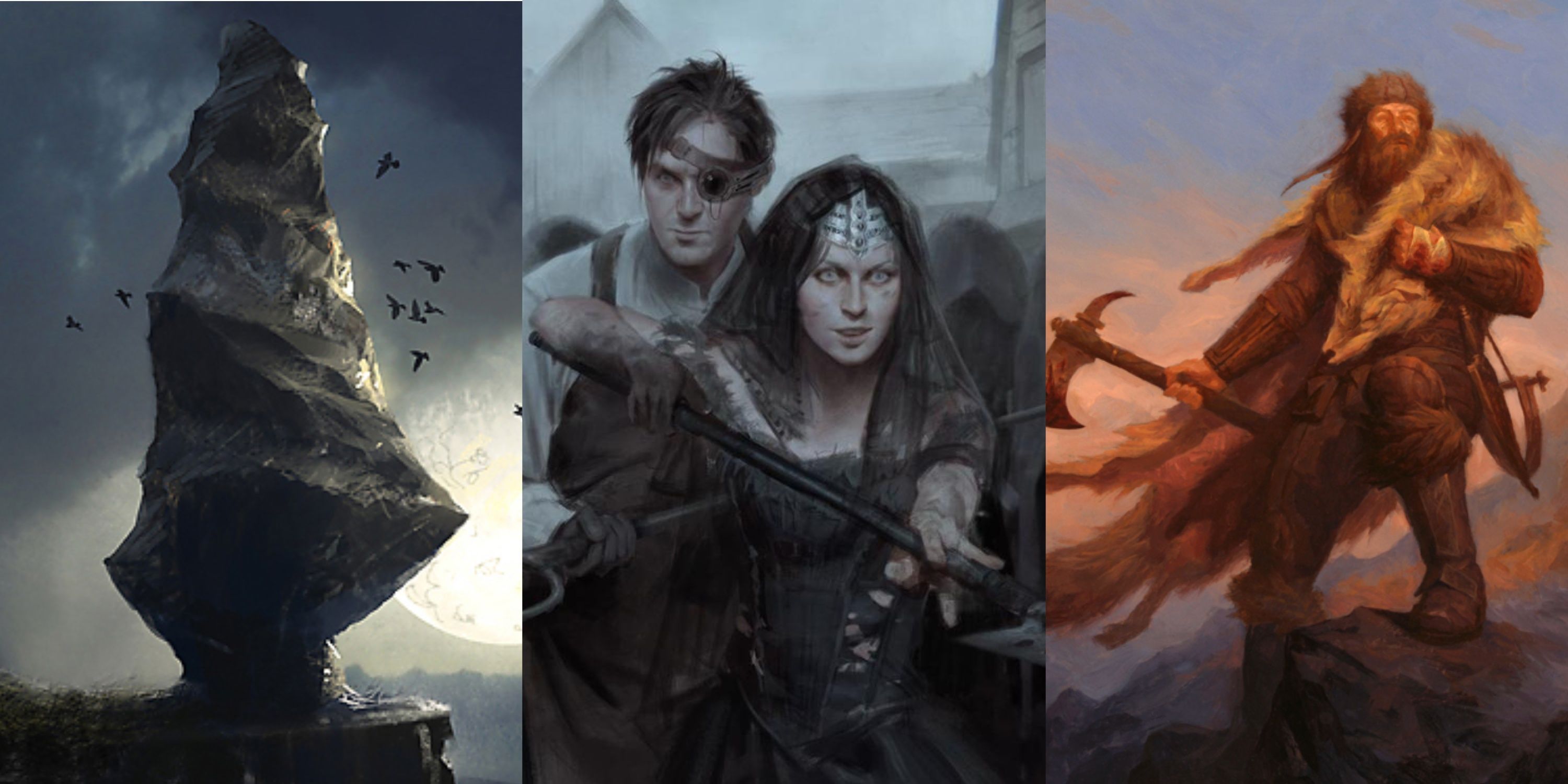
Related
Magic: The Gathering – Every Rarity Change In Innistrad Remastered
Pauper players are eating well, ironically.
You might never actually use Wrenn and Seven’s ultimate ability, but if you’re playing a deck that just focuses on the land-filtering part of this planeswalker, it’s nice to know you can still get back those discarded permanents later.
7
Unnatural Growth
Double the flavor, double the fun.
For some Magic players, there’s no better feeling than throwing big, stompy monsters at your opponent. And what better card to pair with big stompy monsters than Unnatural Growth? This enchantment doubles both the power and toughness of all your creatures at the time it matters most, during combat.
Your creatures are still somewhat more vulnerable out of combat, but no more so than they would have been without Unnatural Growth. And with it, they tend to stomp whatever creature attempts to defend against them. This is a green mage’s favorite for a reason.
6
Eldritch Evolution
Those tentacles are an improvement, honestly.
We mentioned that Innistrad was all about eat or be eaten? Well, Eldritch Evolution is eating a smaller monster so you can birth a bigger monster. It’s not a great trade in terms of card advantage, but if you can turn your Ambush Wolf into a timely Froghemoth, you might not need those extra cards anyway.
Eldritch Evolution can play with the tempo, but you can also use it to just find the thing you need when you need it. Answers like Acidic Slime, Scavenging Ooze, or just any giant beast bigger than what your opponent has.
5
Second Harvest
And don’t forget elevenses, luncheon, and afternoon tea harvests.
It’s never really been clear how a bunch of heavily armed villagers in a cornfield means doubling your tokens, but double them they shall. You’re probably noticing a certain green theme of taking any given number and multiplying it by two.
Second Harvest does something that every token-themed deck wants: get more tokens. Double the amount of tokens, to be precise. Going from ten 1/1 tokens to 20 1/1 tokens is quite strong, but remember that this doubles the number of all tokens regardless of what those tokens are (something that Crush of Wurms fans might enjoy).
4
Cultivator Colossus
It cultivates dead things.
Cultivator Colossus is a card with a lot of potential. It probably arrives as a 6/6 or a 7/7 with trample, which isn’t particularly great for a seven-mana investment. But its ability lets you play an extra land and then draw a card to repeat the process if you still have lands in your hand.
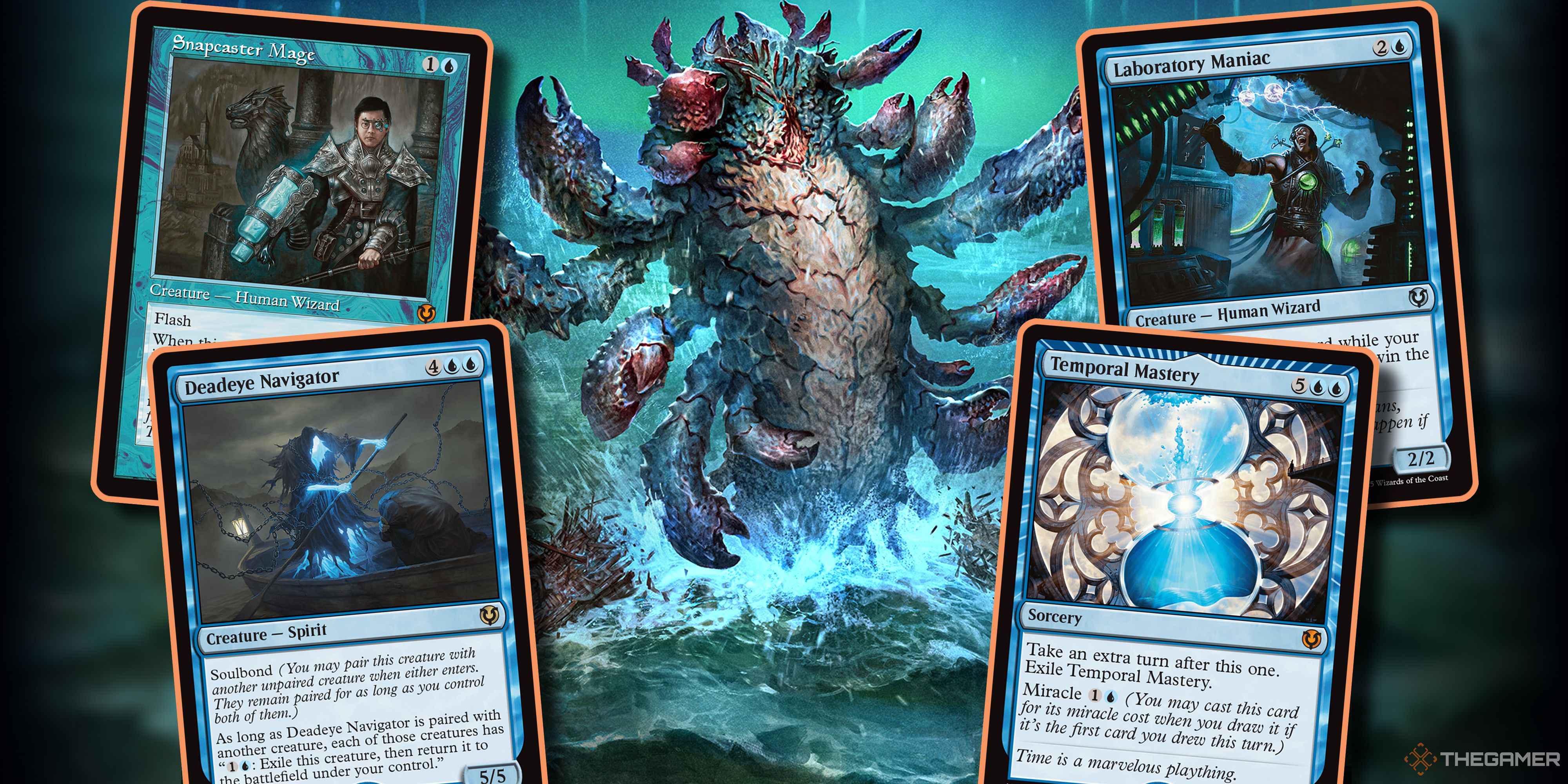
Related
Magic: The Gathering – The Best Blue Cards In Innistrad Remastered
Innistrad Remastered’s best blue cards are from the deep or science gone wrong.
Where Cultivator Colossus really shines is a kill card for decks that have a lot of land (and here’s our callback to Wrenn and Seven). If your deck has lots of land, or if you’ve got a handful of land courtesy of something like Boundless Realms, then suddenly Cultivator Colossus is arriving as a 12/12 that also draws you a bunch of cards.
3
Cryptolith Rite
I’m not sure what they’re doing, but I like it.
Green already has a lot of creatures that produce mana (Innistrad Remastered’s Somberwald Sage is one that just didn’t quite make the cut for this list), but what if all your creatures could produce mana? Cryptolith Rite gives all your critters the same power as Birds of Paradise, tapping to produce mana of any color you want.
For two mana, that’s already a great investment. Throw in a few dozen tokens and you’ve got enough mana to pump out a hydra of truly terrifying proportions. This card fits well into most green decks that can spare a second turn to open the mana faucet wide open.
2
Hermit Druid
She just doesn’t like to be bothered.
A card that has been in a certain flavor of green and black decks for quite some time, Hermit Druid provides one of the cheapest and easiest ways to fill your graveyard. Two mana to cast and one mana to activate sends one land to your hand and a variable number of cards into your graveyard, the perfect place to reanimate them with some eldritch spell.
If you judge a card by its cost, Hermit Druid is pretty strong, but perhaps the most telling indicator of Hermit Druid’s power is that it’s banned in Legacy, one of Magic’s most competitive formats.
1
Craterhoof Behemoth
You’ll never hear it coming.
Craterhoof Behemoth provides green with something that it often lacks: speed. Haste on a 5/5 body isn’t anything too impressive, but also giving your entire team trample and a big numerical buff based on the total size of that team means that Craterhoof Behemoth is the go-to green creature when you need your opponent dead in a single turn.
That power is represented in Craterhoof Behemoth’s persistently high price in Magic’s secondary market, often exceeding $40. One hopes that Innistrad Remastered will push prices down a bit, but I wouldn’t count on it.
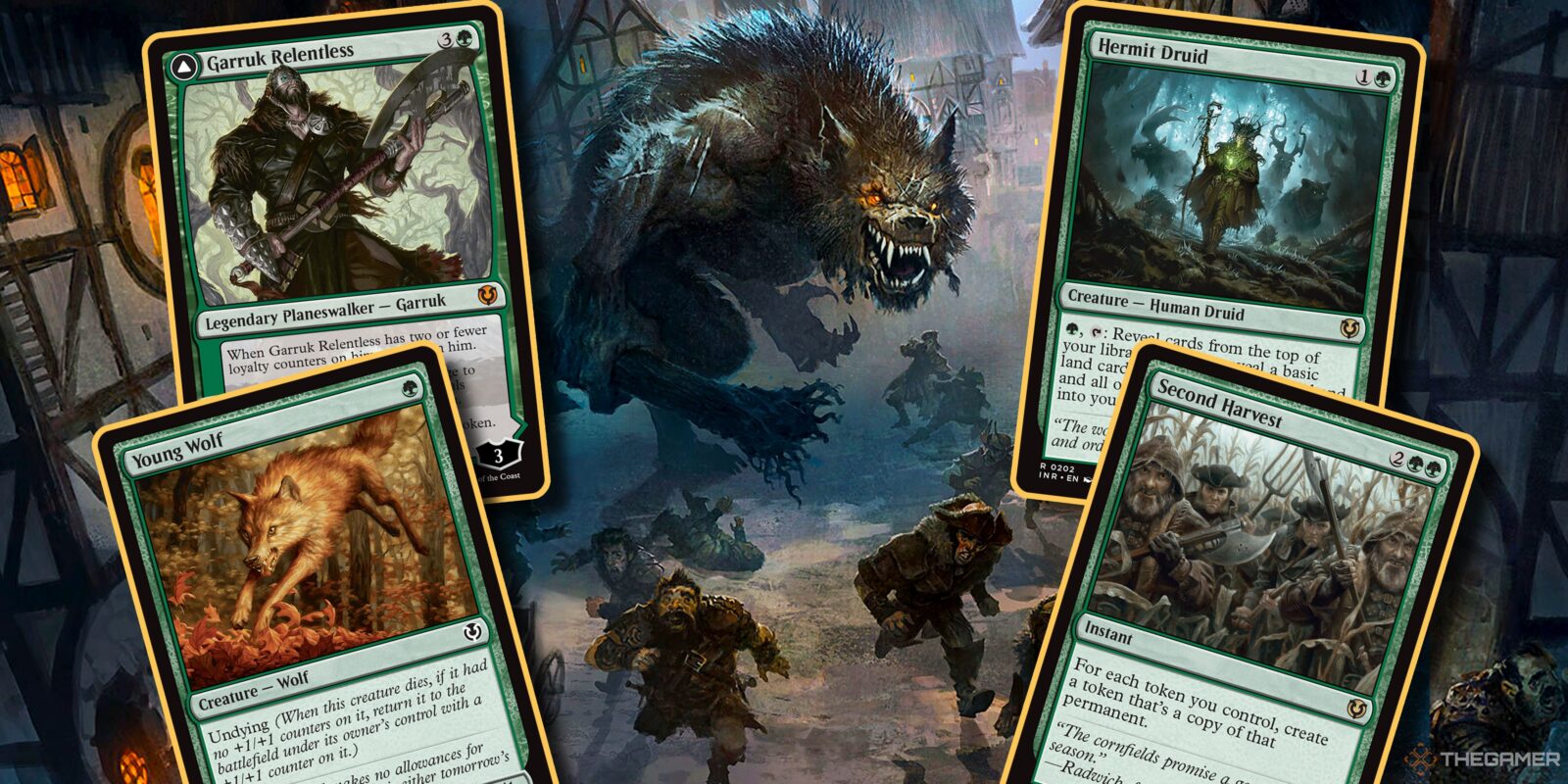

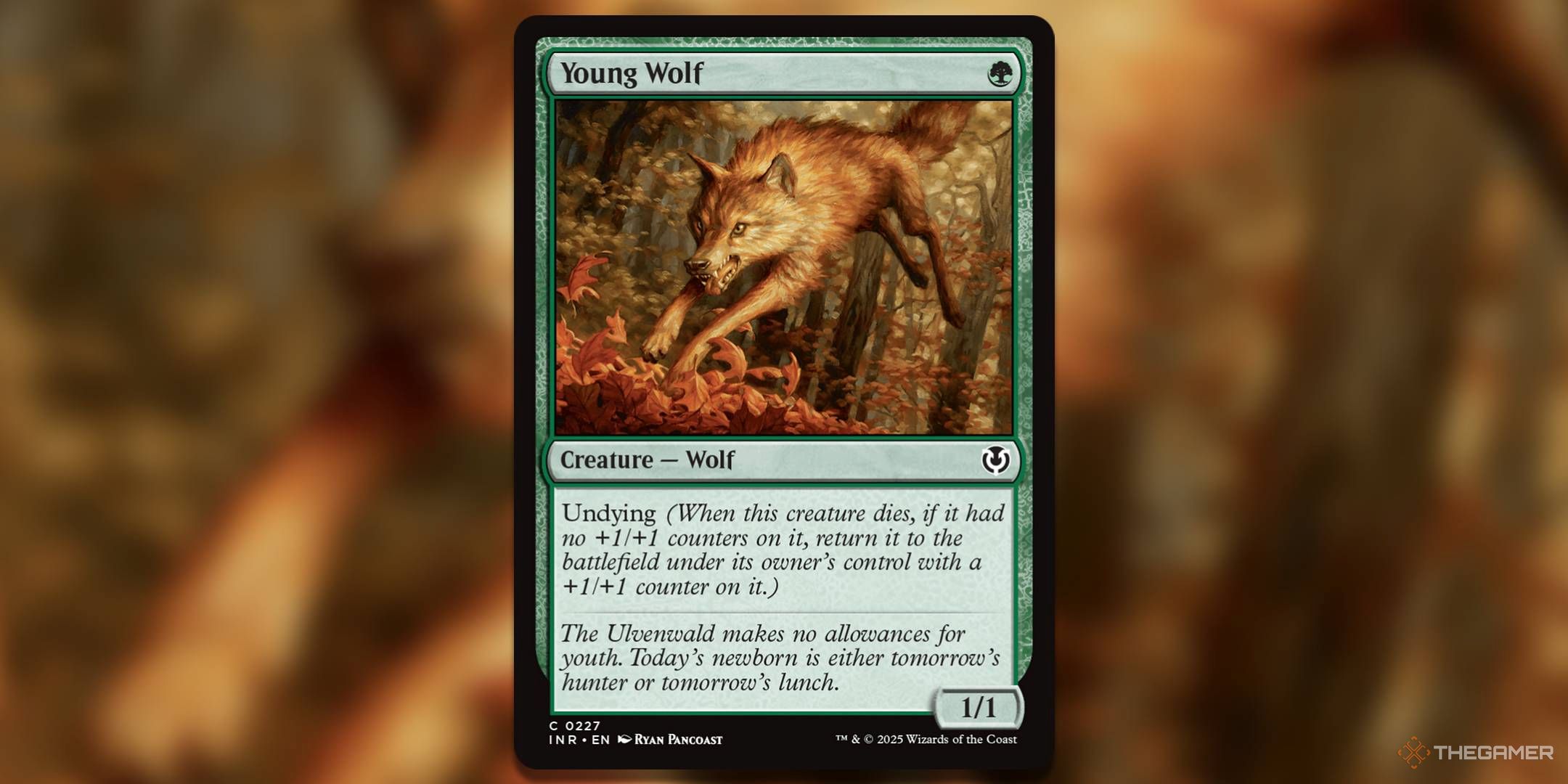
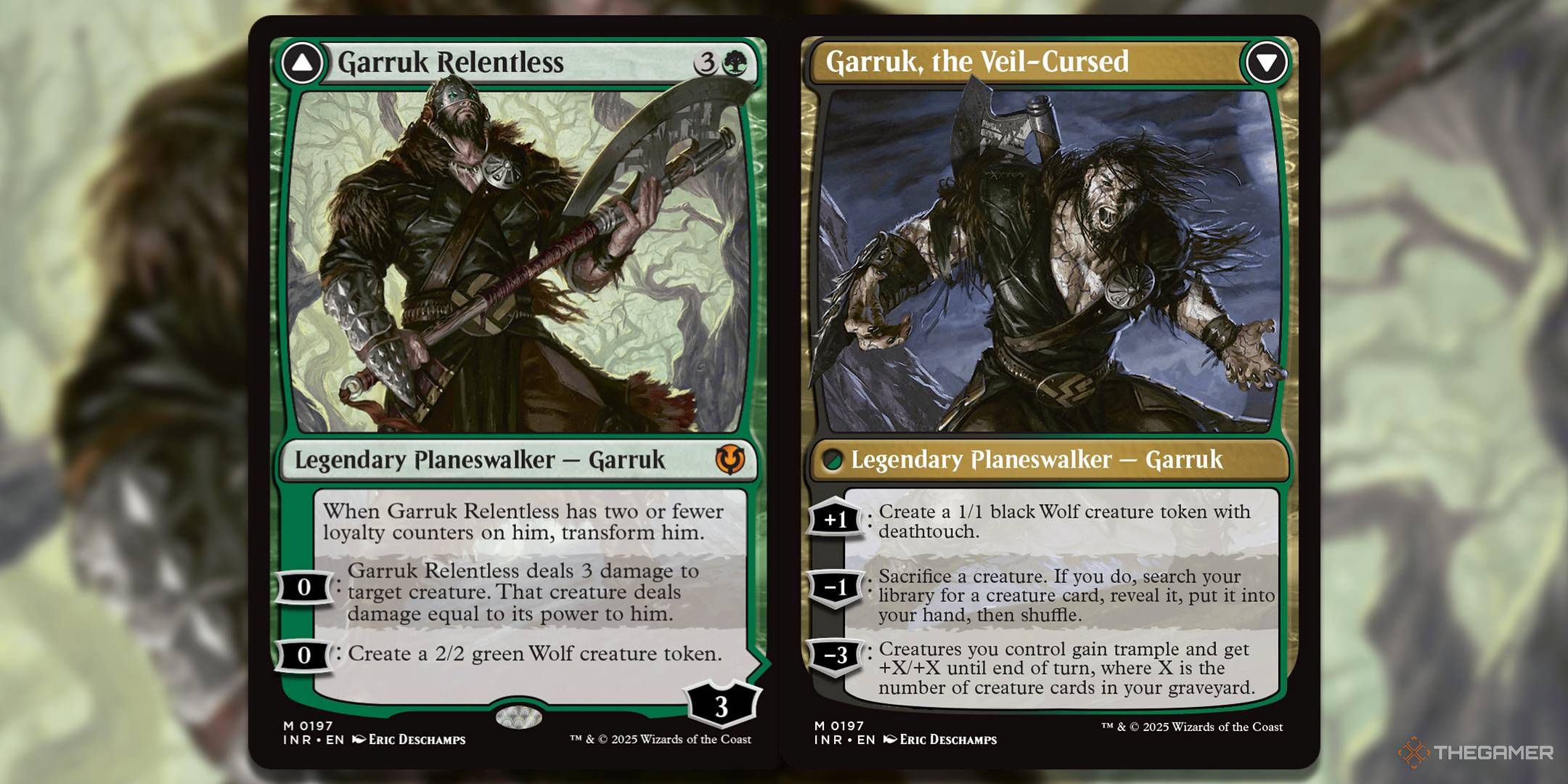
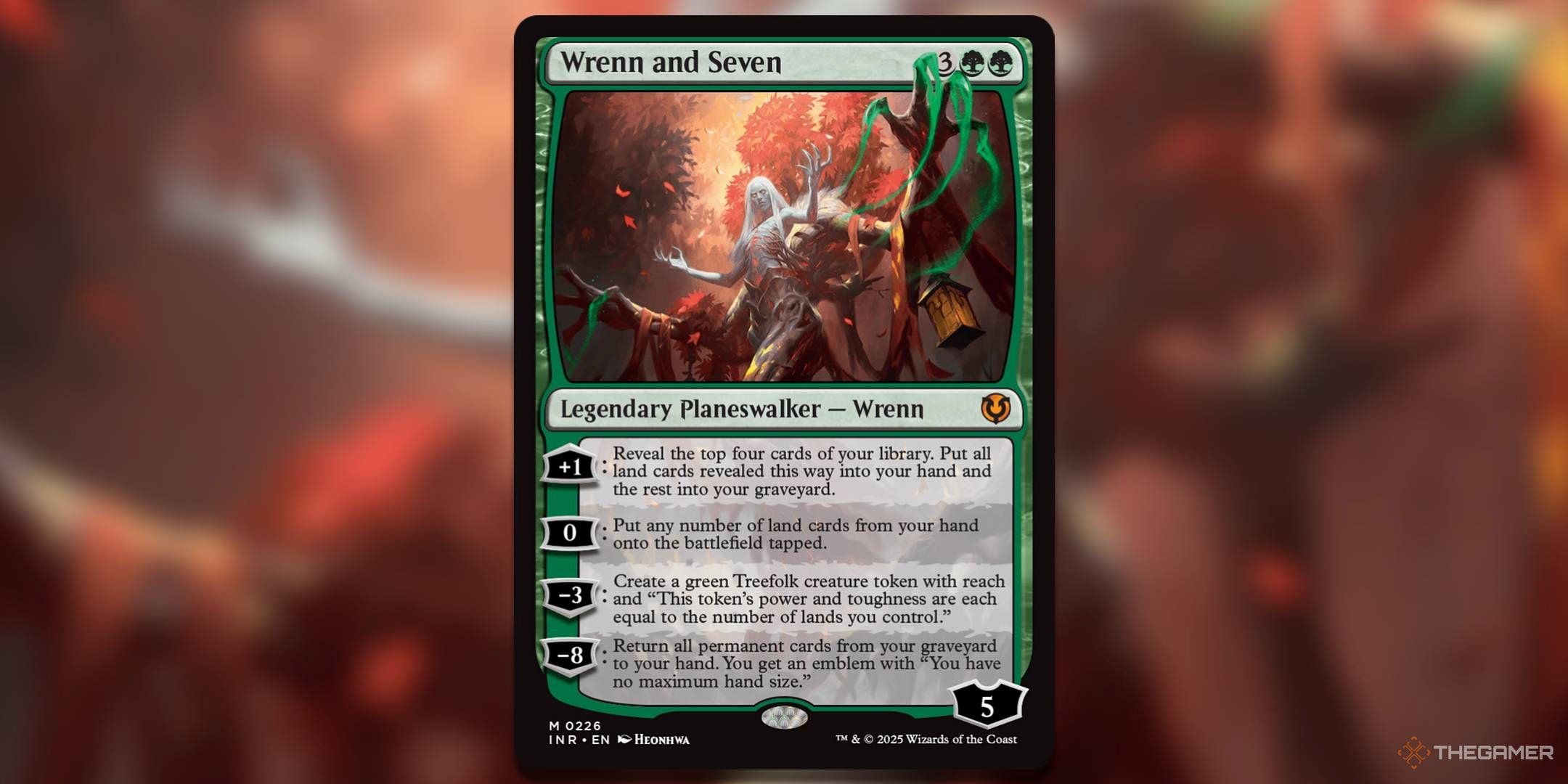
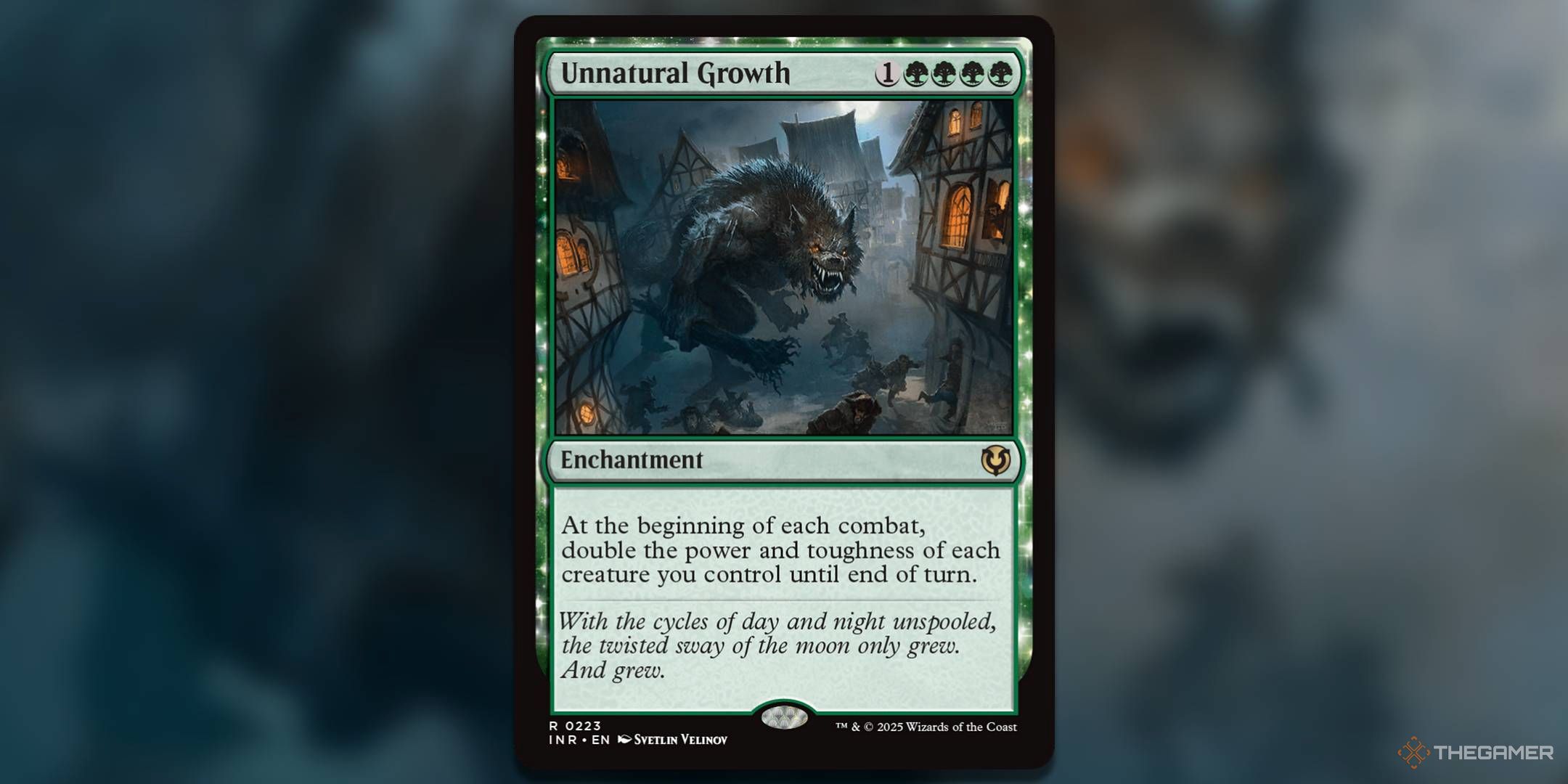
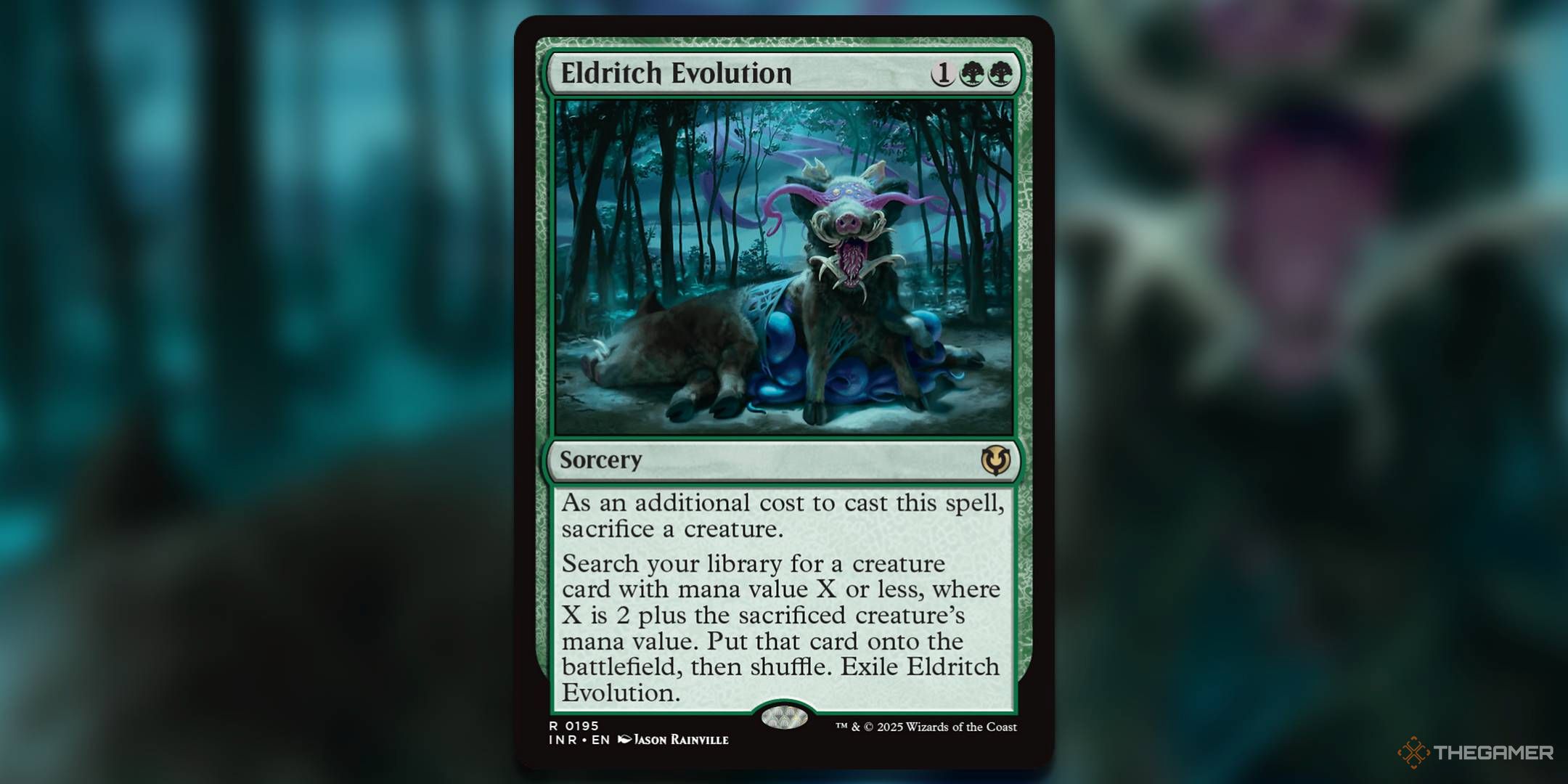
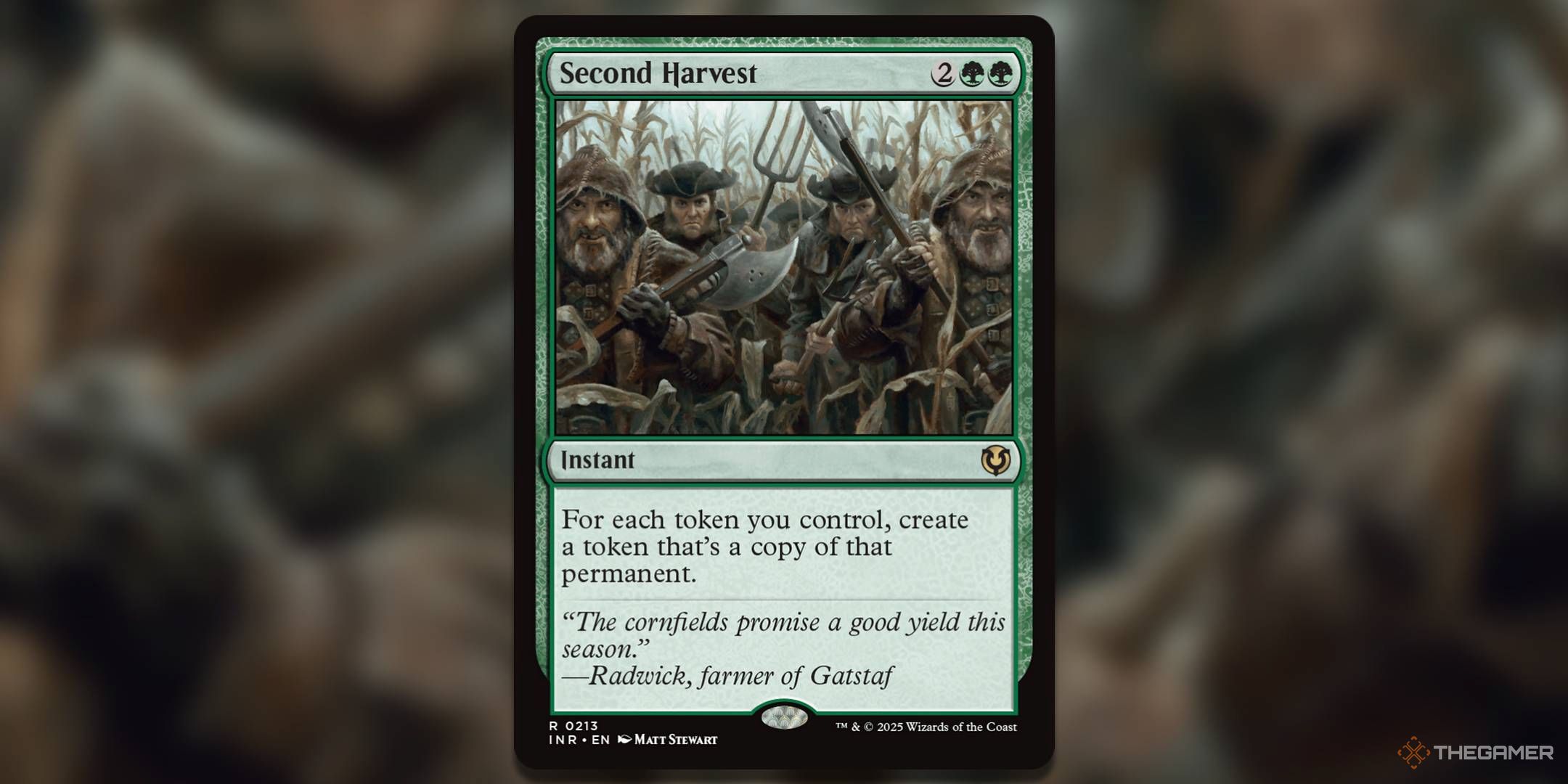
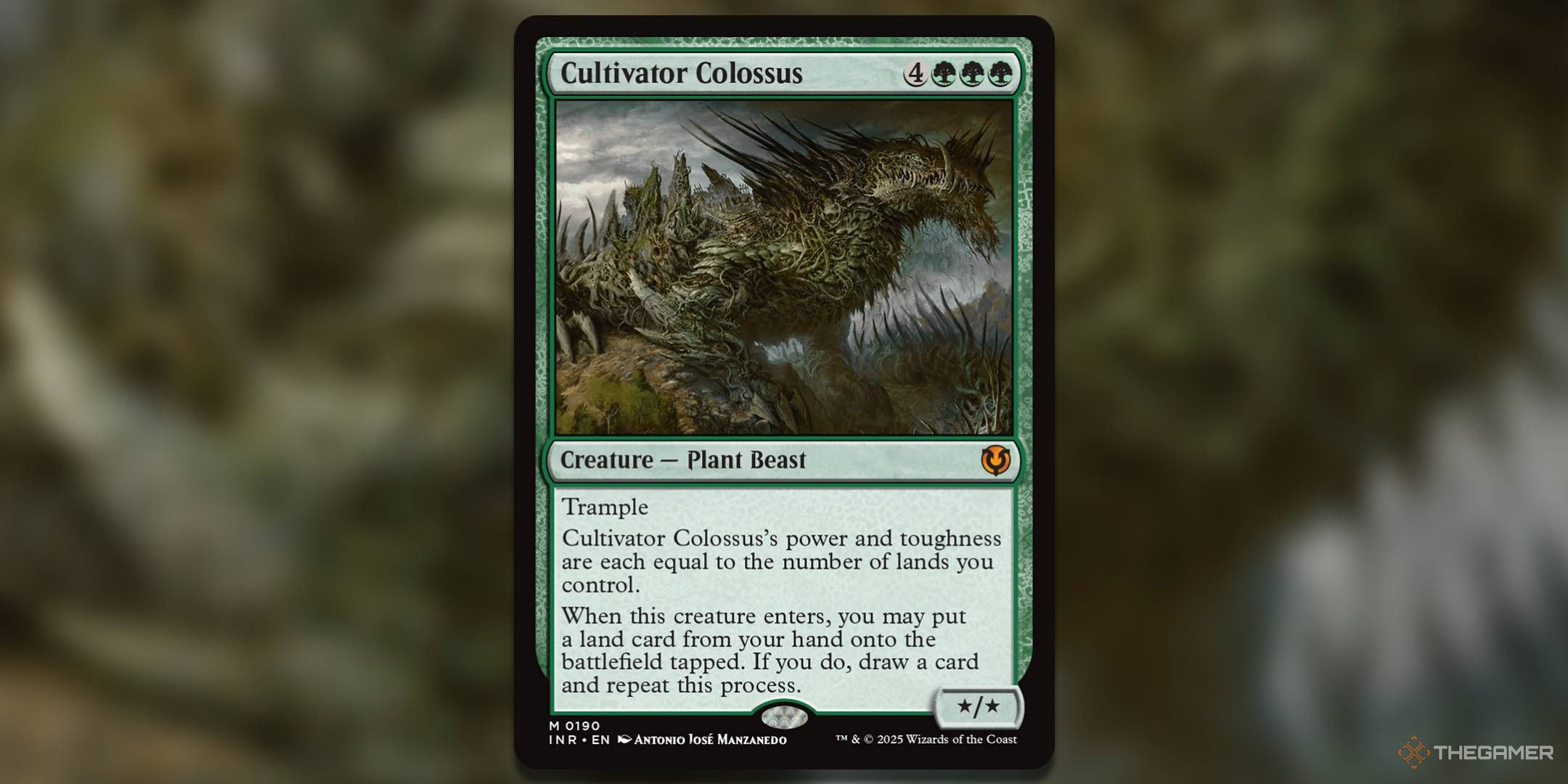
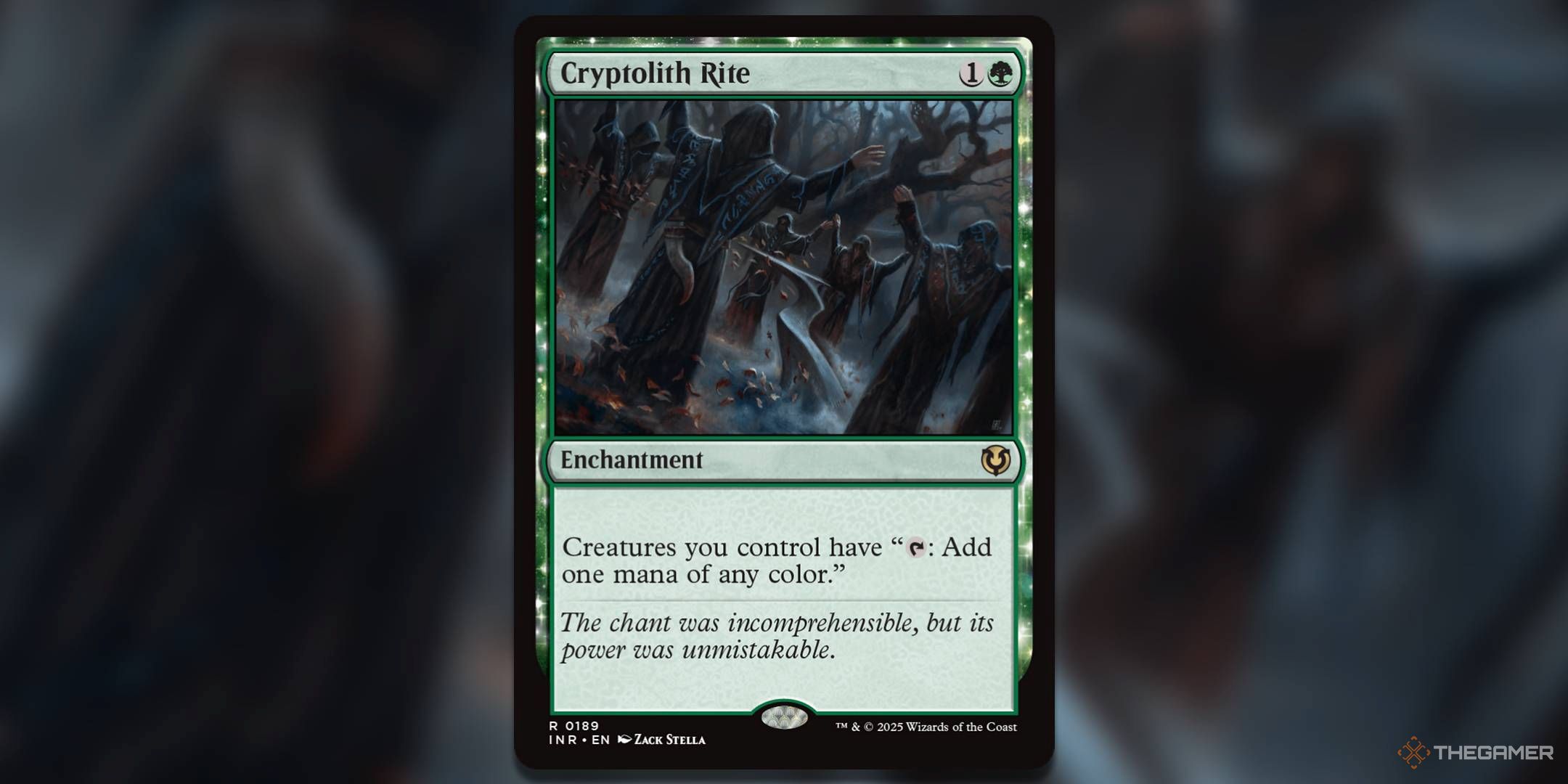
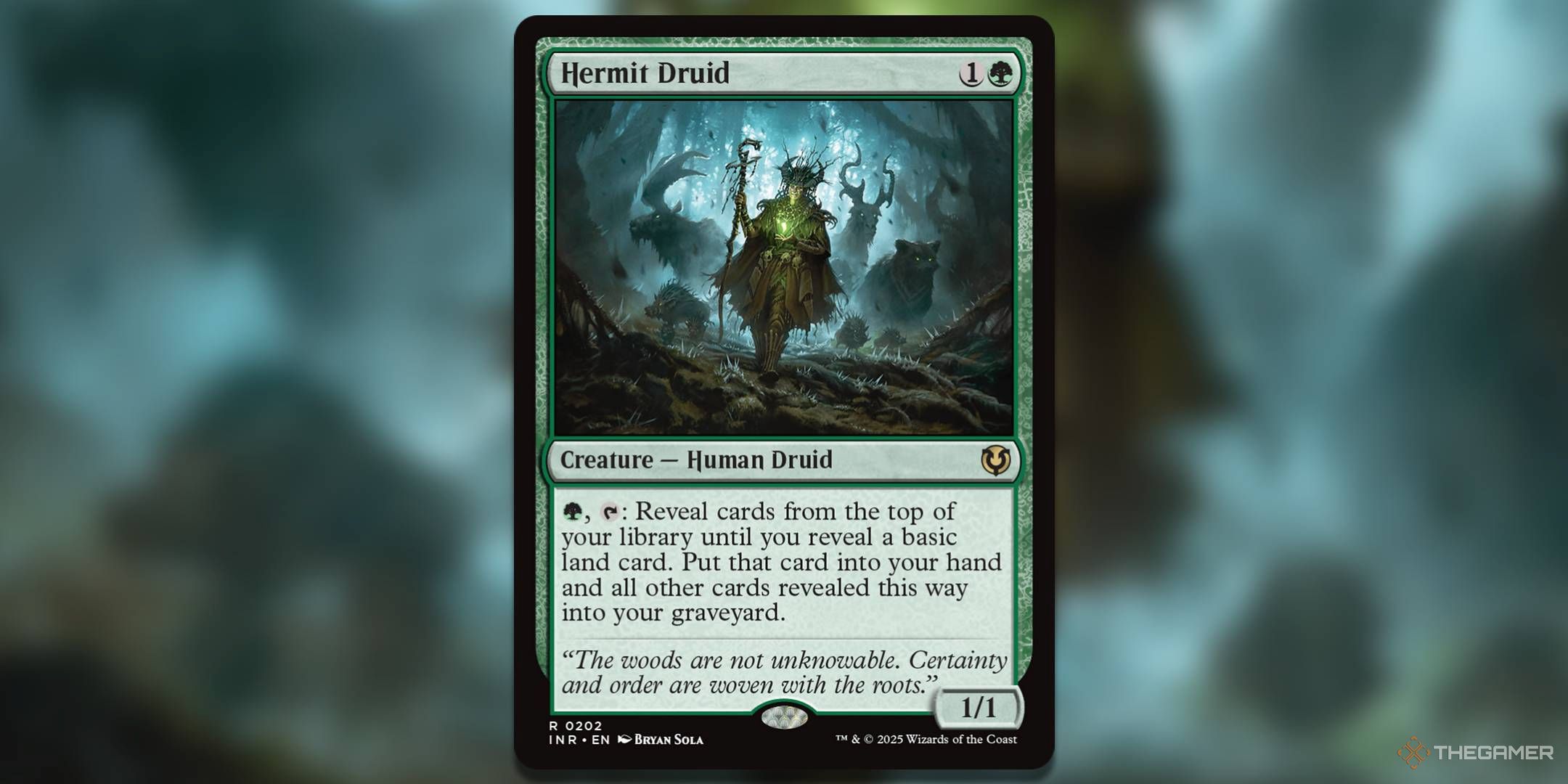
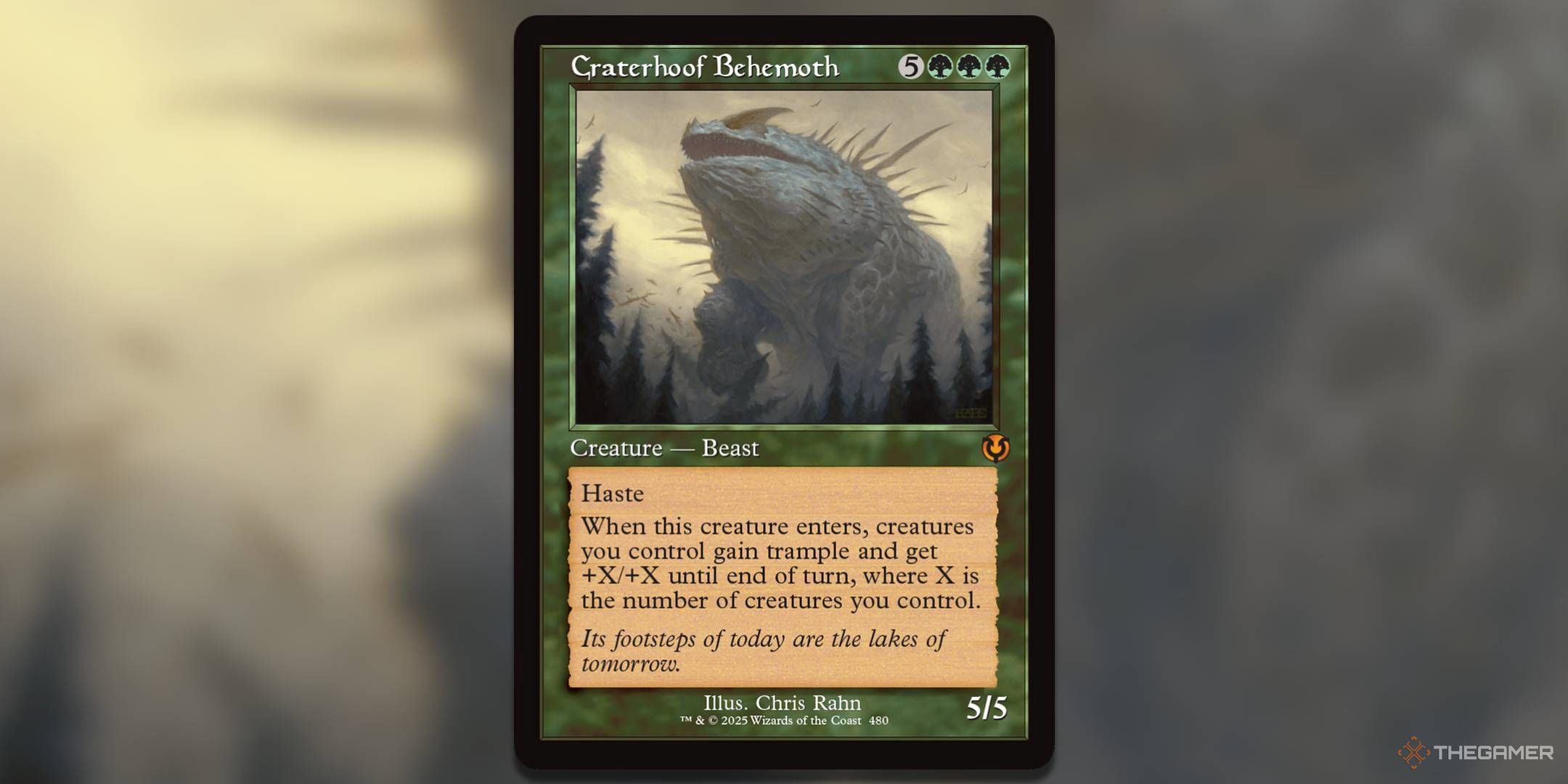
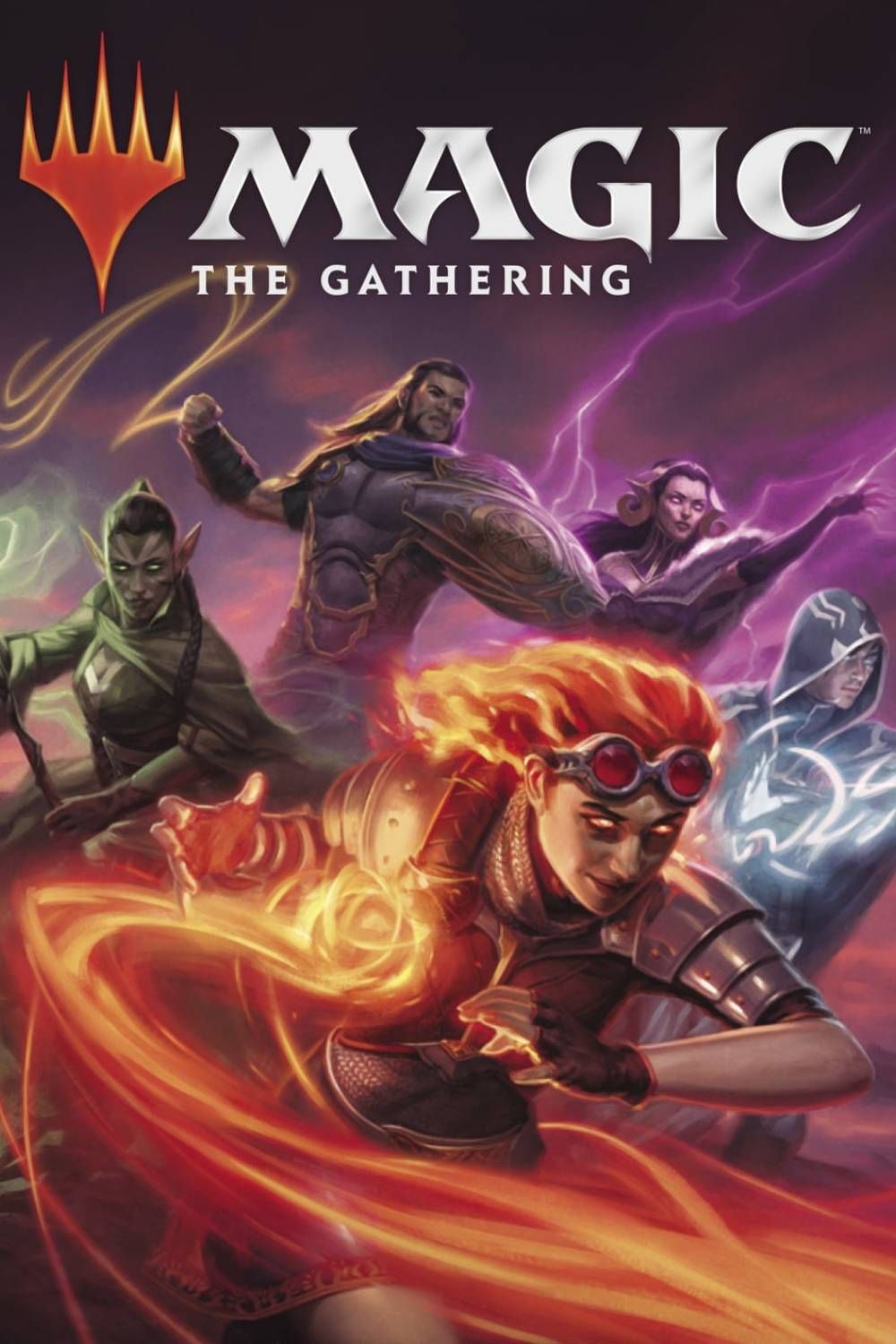


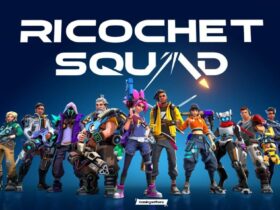
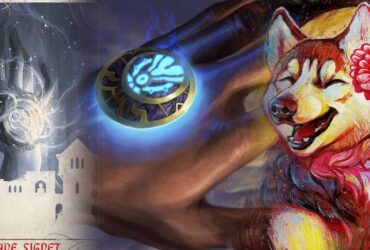
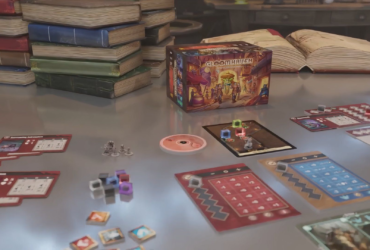
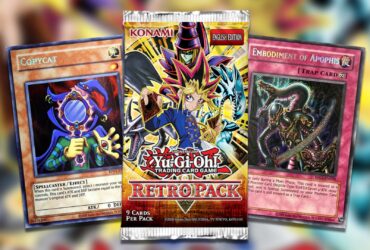


Leave a Reply